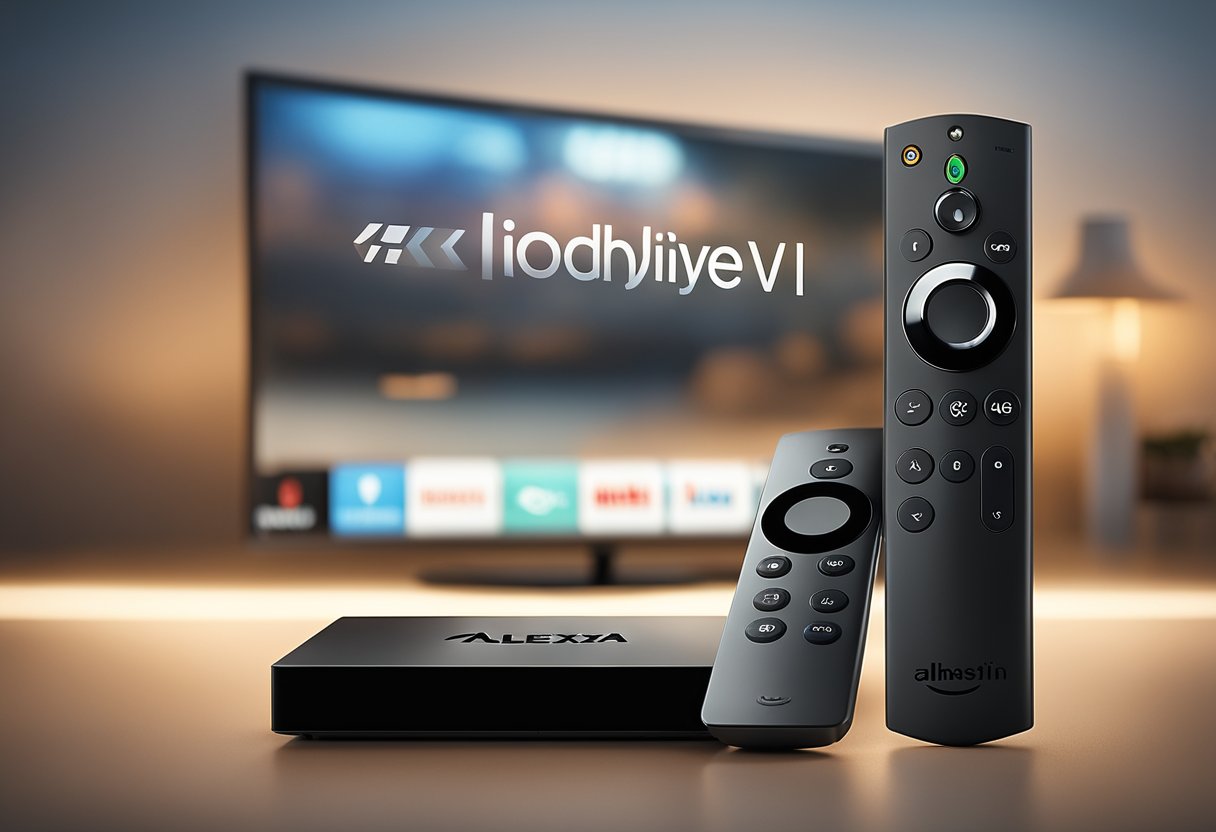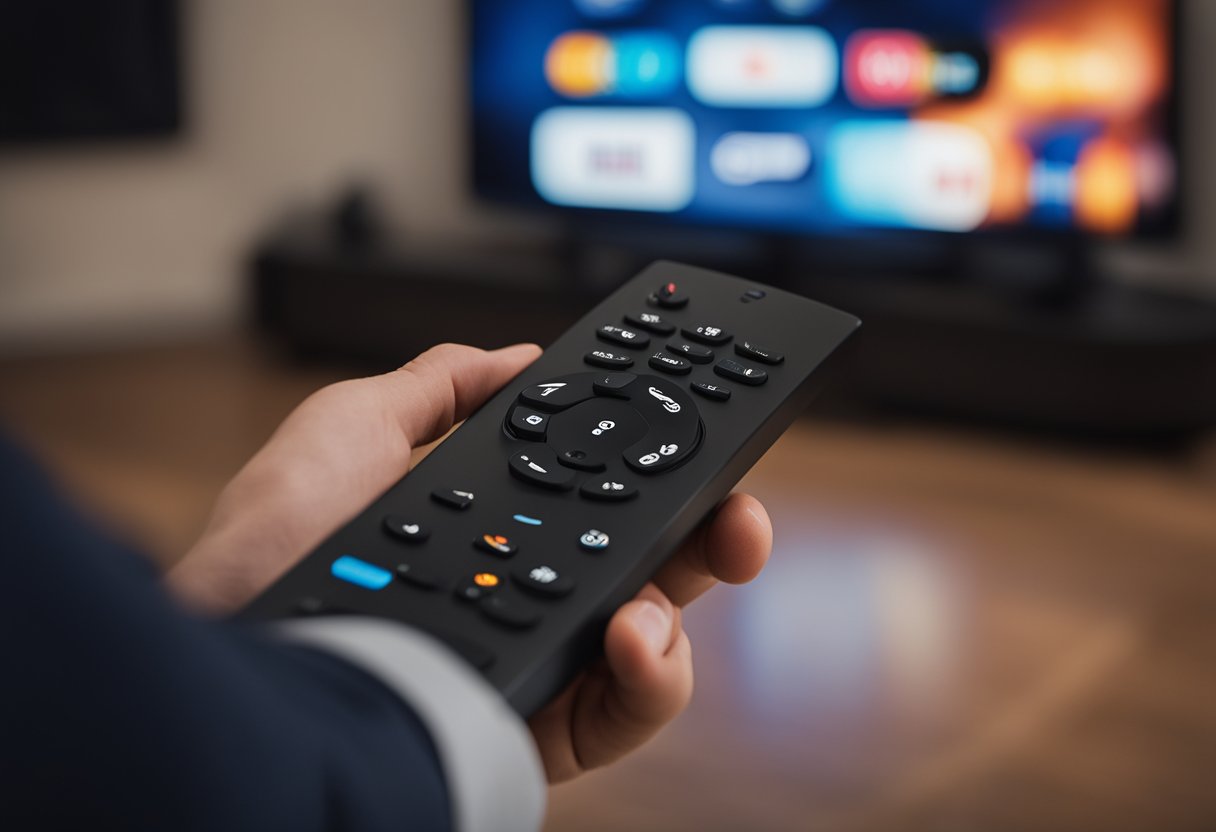Amazon’s Fire TV devices offer a convenient gateway to a world of streaming entertainment, with Alexa voice control integration enhancing user experience through hands-free operation. While many users find Alexa’s voice command features on Fire TV advantageous for navigating content and using smart home devices, there are scenarios where one might prefer to disable this functionality. Concerns over privacy, accidental activations, or simply not using the voice control feature are common reasons for users to seek methods to turn off Alexa on their Fire TV.
Disabling Alexa on Fire TV can be achieved in a few steps, ensuring that the voice command feature is deactivated. Users should navigate to the Fire TV settings, where they can access the Alexa preferences. Adjustments made within these settings will strictly impact the Fire TV’s voice command capabilities and will not affect other devices connected to the user’s Amazon account. This ensures that personalization and functionality across other Amazon services remain as the user has set them.
It’s important to note that disabling Alexa does not compromise the core functionalities of the Fire TV device. Users can continue to enjoy their streaming experience with the traditional remote control or through the available mobile app. By following a simple and reversible process, Fire TV owners have control over their preference for voice interaction without impacting their overall viewing experience.
With that in mind, let’s take a look at our guide on how to disable Amazon Alexa on Fire TV.
Content Compass
Understanding Alexa on Fire TV

Alexa on Fire TV combines voice recognition technology with smart TV functionality, creating a seamless interaction. Users can execute commands and control their TV experience through the virtual assistant.
The Technology Behind Alexa and Fire TV
Alexa utilizes voice recognition to enable users to interact with their smart TVs. This integration relies on a combination of microphones and cloud-based processing to understand and execute user commands. These voice commands are what make it possible to control Fire TV without a traditional remote.
- Voice Command Recognition: Detects the user’s spoken instructions
- Smart TV Integration: Allows users to interact with various apps and services
Importantly, Alexa on Fire TV is not continuously listening; it activates with a specific wake word or interaction with the remote.
Benefits of Alexa for TV Experience
Using Alexa with Fire TV enhances the overall TV experience by adding convenience and accessibility.
- Hands-Free Control: Users can play, pause, search for content, and more with simple voice commands
- Personalized Experience: Alexa learns user preferences and suggests content accordingly
The virtual assistant also adds functionality outside of content control, such as smart home device management directly from the user’s TV.
Disabling Alexa on Fire TV: A Step-by-Step Guide
To enhance privacy or reduce interruptions, a user may want to disable Alexa on their Fire TV. This guide is tailored to walk users through the process using different approaches.
Navigating the Alexa App
Users can disable Alexa features using the Alexa app on their smartphone or tablet. They would start by opening the Alexa app and tapping on the Devices icon. After scrolling to All Devices, they should select their Fire TV device. From there, it is possible for them to find a Deregister option that they need to confirm to prevent Alexa from activating through the app.
Using Voice Commands to Disable Alexa
Alternatively, voice commands can also disable Alexa. To disable the VoiceView feature directly through the Fire TV remote, users hold the Back and Menu buttons simultaneously until an acknowledgment that Alexa will not respond anymore is heard. It’s important to mention that this method might not permanently disable all voice control features and users may need to explore further settings for a comprehensive solution.
Accessing the Fire TV Settings Directly
For direct control over Alexa’s settings, users need to navigate through the Fire TV interface. They go to the Settings menu, select Alexa, and toggle off the Voice Responses. This approach is effective for silencing Alexa’s interactions and disabling voice control responses.
By following these steps conscientiously, users can customize their Fire TV experience to better suit their preferences, ensuring that Alexa’s voice assistance is disabled as they desire.
Customizing Privacy Settings
Ensuring privacy on your Amazon Fire TV requires appropriate adjustments to the settings related to data handling and device access. These customizations help maintain control over the device’s functions, such as the storage of voice recordings and the scope of Alexa’s device access.
Managing Data and Voice Recordings
Data Collection: Fire TV collects data to personalize the user experience. However, users have the option to limit this data collection. They can navigate to the Settings menu, select Preferences, and adjust the Privacy Settings to prevent the device from storing or using data for personalization.
Voice Recordings: By default, Alexa on Fire TV stores voice recordings to improve service quality. To delete existing recordings or prevent future recordings, users should access the Alexa app on their smartphone or tablet, tap the Devices icon, select All Devices, find their Fire TV, and manage Voice History under Alexa’s settings.
Controlling Alexa’s Access to Devices
Microphone Access: To disable Alexa’s voice recognition on Fire TV, users can turn off the microphone access. In the Fire TV settings, under Alexa, there is an option to disable the microphone, which stops Alexa from responding to voice commands.
Device Connections: Users who wish to remove Alexa’s access to other smart home devices can do so through the Alexa app. By going to Devices, tapping on the Fire TV in question, and then selecting Manage Devices, users can deregister any linked device. This prevents unintended control or access by Alexa to those devices.
Comprehensive FAQ Section
This section provides clear information on how to address common concerns and questions about disabling Alexa on Fire TV, along with practical troubleshooting tips for those encountering difficulties.
Addressing Common Concerns and Questions
Q: Can Alexa be completely disabled on Fire TV?
A: Yes, users can disable Alexa on Fire TV by adjusting the settings to either deregister the device or turn off the voice recognition feature.
Q: Will disabling Alexa affect the functionality of the Fire TV?
A: Disabling Alexa should not hinder the basic functions of the Fire TV, but voice command features and smart home integrations will not be available.
Q: Are there updates that facilitate easier control over privacy settings?
A: Amazon periodically releases updates that may include improved privacy settings, allowing users enhanced control over features like Alexa.
Tips for Troubleshooting
- If Alexa does not disable correctly, check whether the device has the latest software updates.
- Should problems persist after attempting to disable Alexa, resetting the Fire TV to its factory settings can solve various issues, but this will erase all personalized content and settings.
Maximizing Your Fire TV Without Alexa

While Amazon Alexa offers voice control capabilities for Fire TV, users can enhance their TV experience by exploring alternative control options and customizing their content preferences without relying on voice commands. Once you disable Alexa on Fire TV, you can use other ways to control your television.
Alternative Ways to Control Your Fire TV
The Fire TV interface provides users with several non-voice methods to navigate and control their smart TV. One can use the physical remote that comes with the Fire TV or make use of the Fire TV app available on smartphones which mimics the functionality of the physical remote. The app can be especially handy in the case of a lost or malfunctioning remote. Additionally, users can connect a compatible Bluetooth keyboard or mouse for easier text input and navigation.
Here’s a brief overview of control options:
- Standard remote: The primary tool for interaction
- Fire TV mobile app: Offers a digital version of the remote on your smartphone
- Bluetooth devices: Keyboards and mice can be paired for easier navigation
Customization Without Voice Commands
Customizing a Fire TV doesn’t require voice commands; the device’s settings allow for a tailored experience. Users can manually navigate to the ‘Settings’ menu to access and modify preferences. Once there, alterations can be made to aspects such as content preferences, display and sounds, applications, and parental controls to better suit the user’s needs.
Users can:
- Adjust content preferences: Curate the type of content displayed by selecting favorites and setting up watchlists
- Configure display and sound settings: Tune visual and audio options to match the TV’s capabilities and the user’s preferences
- Manage applications: Install or remove applications to customize the software portfolio on the product
- Set up parental controls: Limit content and set viewing parameters to ensure a family-friendly TV experience
By exploring these settings, Fire TV users can enjoy a personalized and enriched smart TV experience without the need for voice interaction.